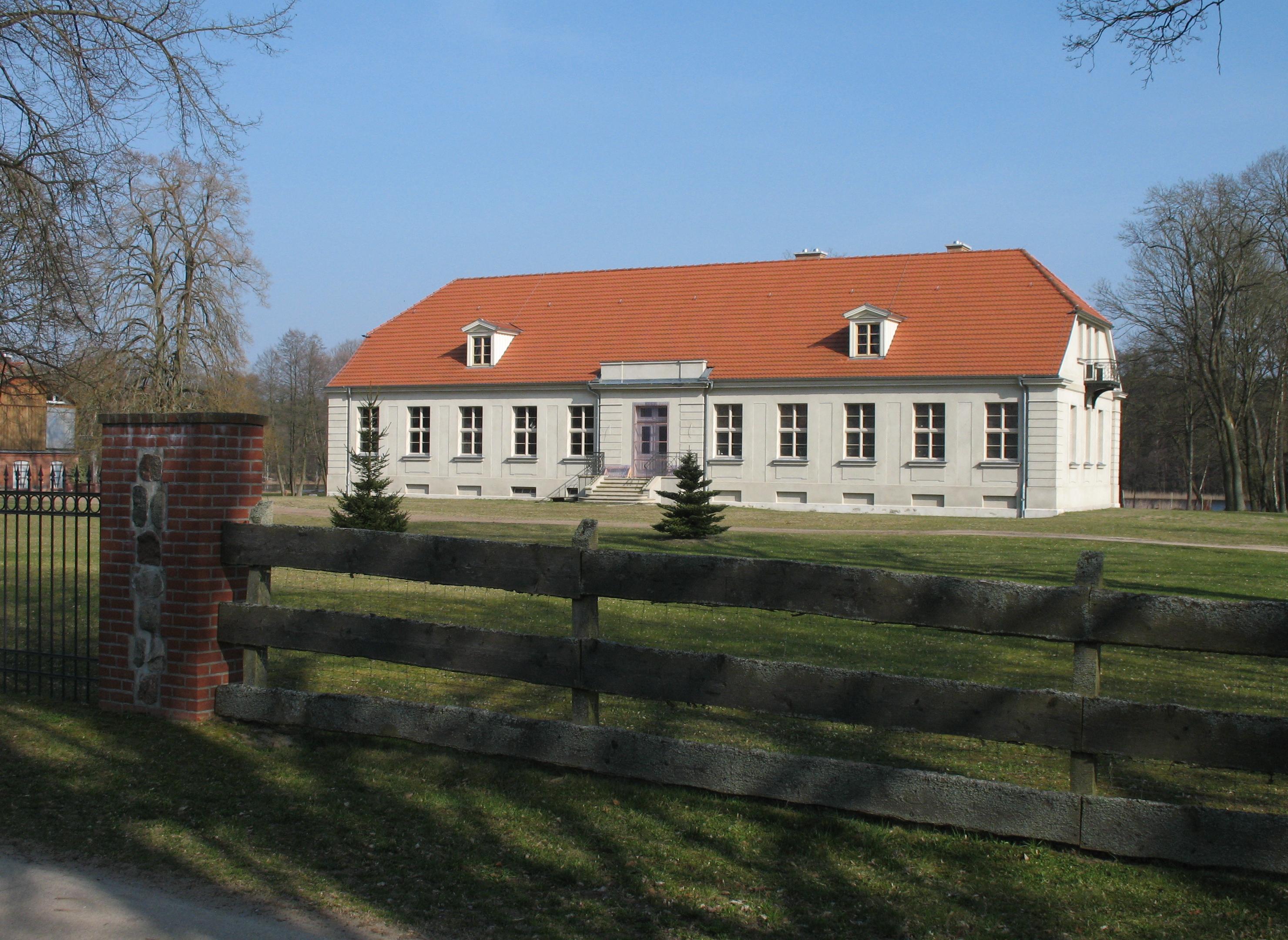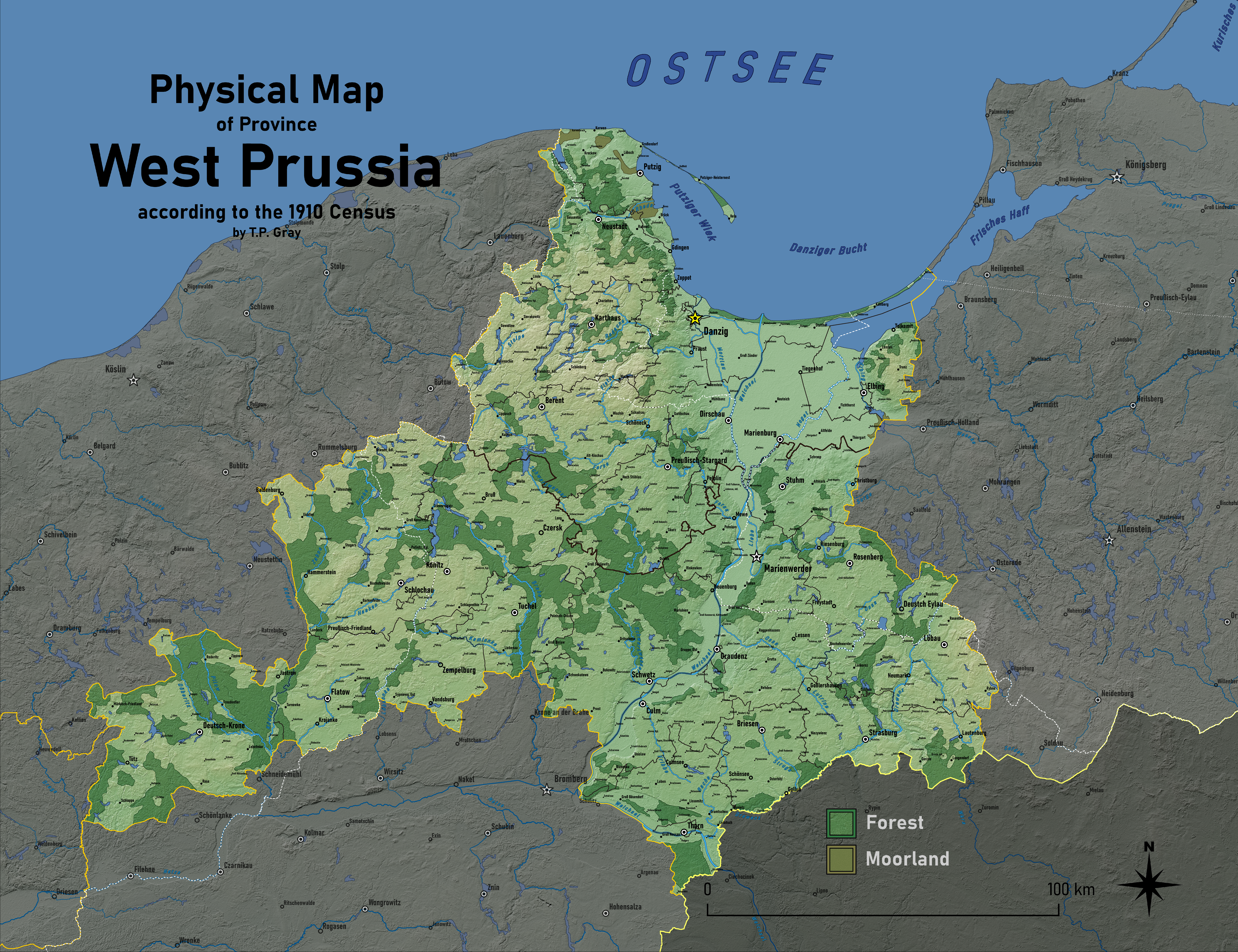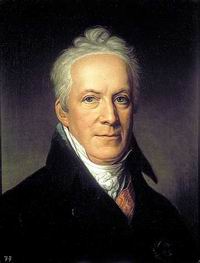|
Johann Dietrich Von Hülsen
Johann Dietrich von Hülsen (1 June 1693–29 May 1767) was a Prussian lieutenant general of the infantry. After a lifelong officer's career in various infantry regiments, he acquired the special respect of Frederick II in the Seven Years' War as general, and was honored by him with the appointment as governor of Berlin. During the war, he became a canon to Minden and was awarded the Black Eagle Order and the Order Pour le Mérite. His name appears on the top tier of the Equestrian statue of Frederick the Great. Family Hülsen was a son of Johann Friedrich von Hülsen and Rosine Baroness von Königsegg and grew up in the rural surroundings of Rastenburg. He was born on 1 June 1693 in Babaziens. In Fall 1739, he married the twice-widowed Sophie Elisabeth von Kunheim. Their marriage was childless.Ernst Graf zur Lippe-Weißenfeld, ''Allgemeine Deutsche Biographie,'' herausgegeben von der Historischen Kommission bei der Bayerischen Akademie der Wissenschaften, Artikel Hülse ... [...More Info...] [...Related Items...] OR: [Wikipedia] [Google] [Baidu] |
Rheinsberg
Rheinsberg () is a town and a municipality in the Ostprignitz-Ruppin district, in Brandenburg, in north-eastern Germany. It is located on lake and the river Rhin, approximately north-east of Neuruppin and north-west of Berlin. History Frederick the Great, while still Crown Prince, designed and moved into a restored chateau in Rheinsberg shortly after his 1733 marriage to Elisabeth Christine of Brunswick-Bevern. Here he experienced his "Rheinsberg Period", an era marked by regular correspondence with Voltaire, boisterous celebration in the company of minor philosophers and musicians, and the writing of several works of political theory, including the ''Anti-Machiavel.'' Crown Prince Frederick lived in the castle in Rheinsberg with his wife until he became King of Prussia in 1740 upon the death of his father, Frederick William I of Prussia, Frederick William I. He immediately banished his wife to Schönhausen Castle in the district of Berlin that is today called Pankow. King Fr ... [...More Info...] [...Related Items...] OR: [Wikipedia] [Google] [Baidu] |
Equestrian Statue Of Frederick The Great
The equestrian statue of Frederick the Great on Unter den Linden avenue in Berlin's Mitte district commemorates King Frederick II of Prussia. Created from 1839 to 1851 by Christian Daniel Rauch, it is a masterpiece of the Berlin school of sculpture, marking the transition from neoclassicism to realism. The bronze statue shows "The Old Fritz" dressed in military uniform, ermine coat and tricorne hat on horseback above the leading generals, statesmen, artists and scientists of his time. Walled in during World War II, it was disassembled by East Germany in 1950, reassembled in Sanssouci Park in 1963, and returned to its original location in 1980. History Prussian King Frederick William III commissioned the monument from sculptor Christian Daniel Rauch in 1839. It was cast beginning in 1845 by Karl Ludwig Friebel, whom Rauch brought from Lauchhammer for the purpose; changes to the figures on the base extended work to six years, and the monument was unveiled on 31 May 1851. ... [...More Info...] [...Related Items...] OR: [Wikipedia] [Google] [Baidu] |
Province Of East Prussia
East Prussia was a province of the Kingdom of Prussia from 1772 to 1829 and again from 1878 (with the Kingdom itself being part of the German Empire from 1871); following World War I it formed part of the Weimar Republic's Free State of Prussia, until 1945. Its capital city was Königsberg (present-day Kaliningrad). East Prussia was the main part of the region of Prussia along the southeastern Baltic Coast. The bulk of the ancestral lands of the Baltic Old Prussians were enclosed within East Prussia. During the 13th century, the native Prussians were conquered by the crusading Teutonic Knights. After the conquest the indigenous Balts were gradually converted to Christianity. Because of Germanization and colonisation over the following centuries, Germans became the dominant ethnic group, while Poles and Lithuanians formed sizeable minorities. From the 13th century, the region of Prussia was part of the monastic state of the Teutonic Knights. After the Second Peace of Thorn in 1 ... [...More Info...] [...Related Items...] OR: [Wikipedia] [Google] [Baidu] |
West Prussia
The Province of West Prussia (; ; ) was a province of Prussia from 1773 to 1829 and from 1878 to 1919. West Prussia was established as a province of the Kingdom of Prussia in 1773, formed from Royal Prussia of the Polish–Lithuanian Commonwealth annexed in the First Partition of Poland. West Prussia was dissolved in 1829 and merged with East Prussia to form the Province of Prussia, but was re-established in 1878 when the merger was reversed and became part of the German Empire. From 1918, West Prussia was a province of the Free State of Prussia within Weimar Germany, losing most of its territory to the Second Polish Republic and the Free City of Danzig in the Treaty of Versailles. West Prussia was dissolved in 1919, and its remaining western territory was merged with Posen to form Posen-West Prussia, and its eastern territory merged with East Prussia as the Region of West Prussia district. West Prussia's provincial capital alternated between Marienwerder (present-day Kwid ... [...More Info...] [...Related Items...] OR: [Wikipedia] [Google] [Baidu] |
Silesia Province
The Province of Silesia (; ; ) was a province of Prussia from 1815 to 1919. The Silesia region was part of the Prussian realm since 1742 and established as an official province in 1815, then became part of the German Empire in 1871. In 1919, as part of the Free State of Prussia within Weimar Germany, Silesia was divided into the provinces of Upper Silesia and Lower Silesia. Silesia was reunified briefly from 1 April 1938 to 27 January 1941 as a province of Nazi Germany before being divided back into Upper Silesia and Lower Silesia. Breslau (present-day Wrocław, Poland) was the provincial capital. Geography The territory on both sides of the Oder river formed the southeastern part of the Prussian kingdom. It comprised the bulk of the former Bohemian crown land of Upper and Lower Silesia as well as the adjacent County of Kladsko, which the Prussian King Frederick the Great had all conquered from the Austrian Habsburg monarchy under Empress Maria Theresa in the 18th century Si ... [...More Info...] [...Related Items...] OR: [Wikipedia] [Google] [Baidu] |
Province Of Pomerania (1815–1945)
The Province of Pomerania (; ) was a Provinces of Prussia, province of Prussia from 1815 to 1945. Pomerania was established as a province of the Kingdom of Prussia in 1815, an expansion of the older Brandenburg-Prussia province of Province of Pomerania (1653–1815), Pomerania, and then became part of the German Empire in 1871. From 1918, Pomerania was a province of the Free State of Prussia until it was dissolved following World War II by decree of the Allied Control Council with the de jure abolition of Prussia on 25 February 1947, and its territory divided between Poland and Allied-occupied Germany. The city of Stettin (present-day Szczecin, Poland) was the provincial capital. Etymology The name ''Pomerania'' comes from Slavic languages, Slavic , which means "Land at the Sea". Overview The province was created from the Province of Pomerania (1653–1815), former Prussian Province of Pomerania, which consisted of Farther Pomerania and the southern Western Pomerania, and forme ... [...More Info...] [...Related Items...] OR: [Wikipedia] [Google] [Baidu] |
Province Of Brandenburg
The Province of Brandenburg () was a province of Prussia from 1815 to 1947. Brandenburg was established in 1815 from the Kingdom of Prussia's core territory, comprised the bulk of the historic Margraviate of Brandenburg (excluding Altmark) and the Lower Lusatia region, and became part of the German Empire in 1871. From 1918, Brandenburg was a province of the Free State of Prussia until Prussia was dissolved in 1945 after World War II, and replaced with reduced territory as the State of Brandenburg in East Germany, which was later dissolved in 1952. Following the reunification of Germany in 1990, Brandenburg was re-established as a federal state of Germany, becoming one of the new states. Brandenburg's provincial capital alternated between Potsdam, Berlin, and Charlottenburg during its existence. Geography The province comprised large parts of the North German Plain, stretching from the Elbe river in the west to beyond the Oder in the east, where the Neumark region bordered ... [...More Info...] [...Related Items...] OR: [Wikipedia] [Google] [Baidu] |
Estate (land)
An estate is a large parcel of land under single ownership, which generates income for its owner. British context In the United Kingdom, historically an estate comprises the houses, outbuildings, supporting farmland, tenanted buildings, and natural resources (such as woodland) that surround the gardens and grounds of a very large property, such as a country house, mansion, palace or castle. It is the modern term for a manor, but lacks a manor's now-abolished jurisdiction. Country house estate The "estate" formed an economic system where the profits from its produce and rents (of housing or agricultural land) sustained the main household, formerly known as the manor house. Thus, "the estate" may refer to all other cottages and villages in the same ownership as the mansion itself, covering more than one former manor. Examples of such great estates are Woburn Abbey in Bedfordshire, England, and Blenheim Palace, in Oxfordshire, England, built to replace the former manor hou ... [...More Info...] [...Related Items...] OR: [Wikipedia] [Google] [Baidu] |
Junker (Prussia)
The Junkers ( ; ) were members of the landed nobility in Prussia. They owned great estates that were maintained and worked by peasants with few rights. These estates often lay in the countryside outside of major cities or towns. They were an important factor in Prussian and, after 1871, German military, political and diplomatic leadership. The most famous Junker was Chancellor Otto von Bismarck. Bismarck held power in Germany from 1871 to 1890 as Chancellor of the German Empire. He was removed from power by Kaiser Wilhelm II. Many Junkers lived in the eastern provinces that were annexed by either Poland or the Soviet Union after World War II. Junkers fled or were expelled alongside other German-speaking populations by the incoming Polish and Soviet administrations, and their lands were confiscated. In western and southern Germany, the land was often owned by small independent farmers or a mixture of small farmers and estate owners, and this system was often contrasted with th ... [...More Info...] [...Related Items...] OR: [Wikipedia] [Google] [Baidu] |
Christoph Rudolf Von Schliewitz
Christoph is a male given name and surname. It is a German variant of Christopher. Notable people with the given name Christoph * Christoph Bach (1613–1661), German musician * Christoph Büchel (born 1966), Swiss artist * Christoph Dientzenhofer (1655–1722), German architect * Christoph Frauenpreiß (born 1987), German politician * Christoph Harting (born 1990), German athlete specialising in the discus throw * Christoph M. Herbst (born 1966), German actor * Christoph Kramer (born 1991), German football player and winner of the 2014 FIFA World Cup * Christoph M. Kimmich (born 1939), German-American historian and eighth President of Brooklyn College * Christoph Metzelder (born 1980), German football player * Christoph Pramhofer (born 1983), Austrian politician * Christoph Riegler (born 1992), Austrian football player * Christoph Waltz (born 1956), German-Austrian actor and two times winner of the OSCARS Academy Award * Christoph M. Wieland (1733–1813), German poet and w ... [...More Info...] [...Related Items...] OR: [Wikipedia] [Google] [Baidu] |
Black Eagle Order
The Order of the Black Eagle () was the highest order of chivalry in the Kingdom of Prussia. The order was founded on 17 January 1701 by Elector Friedrich III of Brandenburg (who became Friedrich I, King in Prussia, the following day). In his Dutch exile after World War I, deposed Emperor Wilhelm II continued to award the order to his family. He made his second wife, Princess Hermine Reuss of Greiz, a Lady in the Order of the Black Eagle. Overview The statutes of the order were published on 18 January 1701, and revised in 1847. Membership in the Order of the Black Eagle was limited to a small number of knights, and was divided into two classes: members of reigning houses (further divided into members of the House of Hohenzollern and members of other houses, both German and foreign) and capitular knights. Before 1847, membership was limited to nobles, but after that date, capitular knights who were not nobles were raised to the nobility (''Adelsstand''). Capitular knights were ... [...More Info...] [...Related Items...] OR: [Wikipedia] [Google] [Baidu] |



